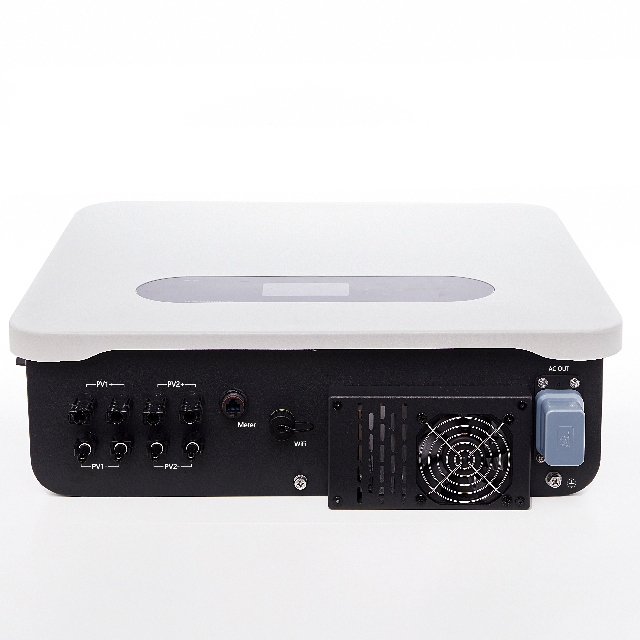Author:BLD Solar Energy SystemFROM:Solar System Converter Manufacturer TIME:2023-12-21
The photovoltaic (PV) industry has witnessed significant growth and development in recent years, driven by the increasing demand for renewable energy sources and the rising awareness of environmental sustainability. Among the key components of a PV system, the inverter plays a crucial role in converting the direct current (DC) generated by solar panels into alternating current (AC) for use in household or commercial electricity consumption. In this market analysis, we will focus on the hybrid inverter without battery, exploring its market trends, challenges, and opportunities.

The hybrid inverter without battery has gained considerable attention in the PV industry due to its unique features and benefits. One of the prominent trends is the integration of multiple energy sources, allowing users to combine solar power with other renewable sources like wind or hydroelectric power. This enables a more stable and reliable energy supply, reducing dependence on a single source and maximizing energy production. Additionally, the hybrid inverter can intelligently manage energy flow between the grid, the solar panels, and other e

Despite the promising market trends, the hybrid inverter without battery faces several challenges that need to be addressed for wider adoption. Firstly, cost remains a significant barrier for many potential users. The initial investment for a hybrid inverter system can be higher compared to conventional inverters due to the additional technology required for integrating multiple energy sources. Manufacturers need to focus on cost reduction through technological advancements and economies of scale. Secondly, the c

Despite the challenges, the hybrid inverter without battery presents several opportunities for growth and expansion in the PV industry. As the demand for renewable energy continues to rise, there is an increasing need for more efficient and intelligent energy management solutions. The hybrid inverter, with its ability to optimize energy usage, reduce electricity costs, and integrate multiple energy sources, is well-positioned to meet this demand. Moreover, advancements in technology and ongoing research and development efforts are expected to drive innovation and bring down the costs of hybrid inverters, making them more accessible to a wider market.
In conclusion, the market analysis of the hybrid inverter without battery in the PV industry reveals both challenges and opportunities. The integration of multiple energy sources and the ability to optimize energy usage are the key trends driving the demand for hybrid inverters. While cost and compatibility remain challenges to be overcome, the increasing demand for renewable energy and ongoing technological advancements present significant growth opportunities for manufacturers in this sector. With continuous innovation and investment, the hybrid inverter without battery has the potential to play a vital role in the transition towards a more sustainable and clean energy future.
